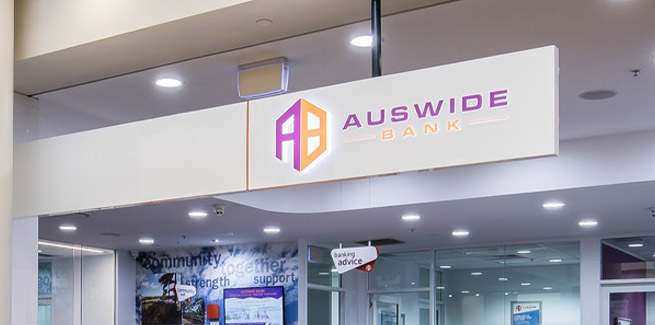Over the past few months, several lenders, including some of the major banks, have experienced blowouts in their turnaround times for mortgage applications.
Some lenders, including ANZ and NAB, have publicly acknowledged their shortcomings and have recently introduced changes to their lending processes, which have included the onboarding and relocation of staff.
However, according to Brooke Irwin, Auswide Bank’s head of loan origination services, the lender’s turnaround times have remained at an average of five business days, despite a “significant increase” in volumes from first home buyers (FHBs) applying for loans backed by the federal government’s First Home Loan Deposit Scheme (FHLDS).
Ms Irwin claimed that Auswide’s “flexible resource management” and learnings from a view of its broker service proposition in May 2019 have helped keep turnaround times sustainably low.
“These initiatives factored directly off the back of our broker engagement, which identified those key areas needed to deliver a better customer and broker experience,” she said.
“These solutions will further increase our capacity and help reduce days to decision, with full systems functionality being phased in from September.”
Auswide’s head of third-party, Tracy Field, added that the bank has managed demand for FHLDS places with a reservation process, which she said has been “well received” by brokers.
“We have a great FHLDS team working as a part of loan origination services, and our reservation process allows customers to ascertain very quickly if they are able to obtain a place under the scheme,” she said.
“The team verifies the customer’s eligibility as part of the reservation process. This gives the customer some certainty around their next steps and removes some of the pressure that we see first home buyers experiencing as they embark on this journey.”
NAB recently introduced its own reservation process, requiring brokers to add their clients to a “waitlist” and await the go-ahead before submitting an FHLDS-backed application.
According to NAB, the new process, which was effective from Wednesday, 22 July, has been introduced to “manage demand” for the “extremely popular” government guarantee.
Earlier this month, an additional 10,000 places became available as part of the second phase of the FHLDS.
However, strong uptake of the FHLDS has been juxtaposed by broader weakness in demand for credit amid COVID-induced economic uncertainty.
According to the Australian Bureau of Statistics’ latest Lending Indicators data, the value of home loan approvals plunged 11.6 per cent (seasonally adjusted terms) to $16.4 billion in May – the largest fall in the history of the series.
This followed a 4.8 per cent decline in April, which was the sharpest fall since May 2015.
[Related: NAB introduced waitlist to manage demand for FHLDS]
 ;
;